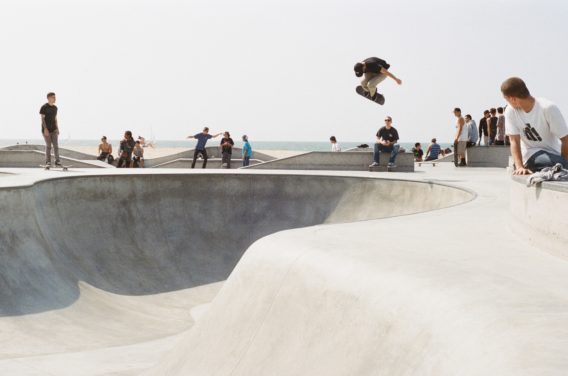
It’s important to remember that although teenagers are physically as big and tall as adults, their brains are not fully matured. Indeed, the human brain doesn’t go through its final stage of development till the very end of the teenage years – perhaps this is why 21 years of age is often referred to as adulthood.
Teenagers are not adults. The good news is that most teenagers do survive the adolescent years, usually with nothing more than a few scrapes and bruises, but expecting teenagers to act like mini-adults is unrealistic.
Teenagers have got a fully developed immune system and are unlikely to suffer from older-age related diseases. However, risky behaviour and poor decision making can lead to an increase in potentially preventable accidents and more rarely, preventable deaths.
Many scientists have tried to look at why this preponderance for dangerous behaviour occurs in the teenage years.
Professor Yurgelun-Todd, brain activity and behaviour expert have studied the teenage brain imaging and reported that one source of poor judgment in teenagers might be found in the brain’s prefrontal cortex. The entire frontal cortex (at the top and front of the brain) is associated with executive functions like:
During adolescence lots of unneeded gray matter, in the frontal cortex, is pruned away while white matter (fast myelin-covered neurons), increases. This myelination is like insulation of electrical wires and speeds up and improves connectivity,
The research team found the more integrated and connected the prefrontal white matter, the stronger the impulse control in teenage boys and girls. This study may point to how full maturation of the frontal and prefrontal cortex may lead to improved impulse control in adults.
In an earlier study of teenagers by Yurgelun-Todd when she was based at Harvard Medical School, she reported that three-quarters at the teenagers did not recognise fearful faces and were significantly less able than adults to read emotions in faces.
If teenagers are struggling to see that other people find a situation fear-inducing, they may be less able to make a judgement to avoid danger and this, along with other executive brain function immaturity may go some way to explaining why they take risks.
Teenagers have not yet got a fully developed frontal and prefrontal cortex and are may be more predisposed to engage in other risky behaviours too, whether it be tombing, taking drugs or driving too fast.
The causes and patterns of teenage risk-prone behaviour are multi-faceted and complex – including reduced impulse control, reduced ability to read emotions and situations, and the effects of hormonal increases.
Giving your teenager relatively safe outlets for their impulsive and thrill-seeking behaviour can help, e.g., youth initiatives and skating parks.
Activities that encourage discipline and self-control can also help such as martial arts, bouldering and dancing.